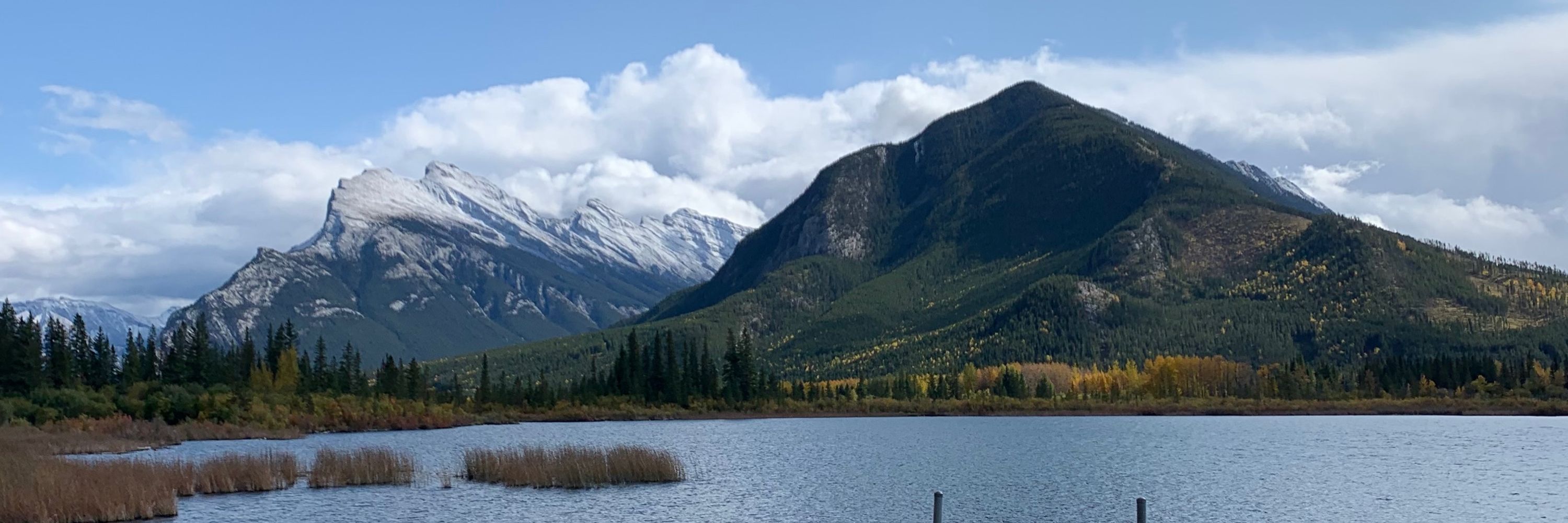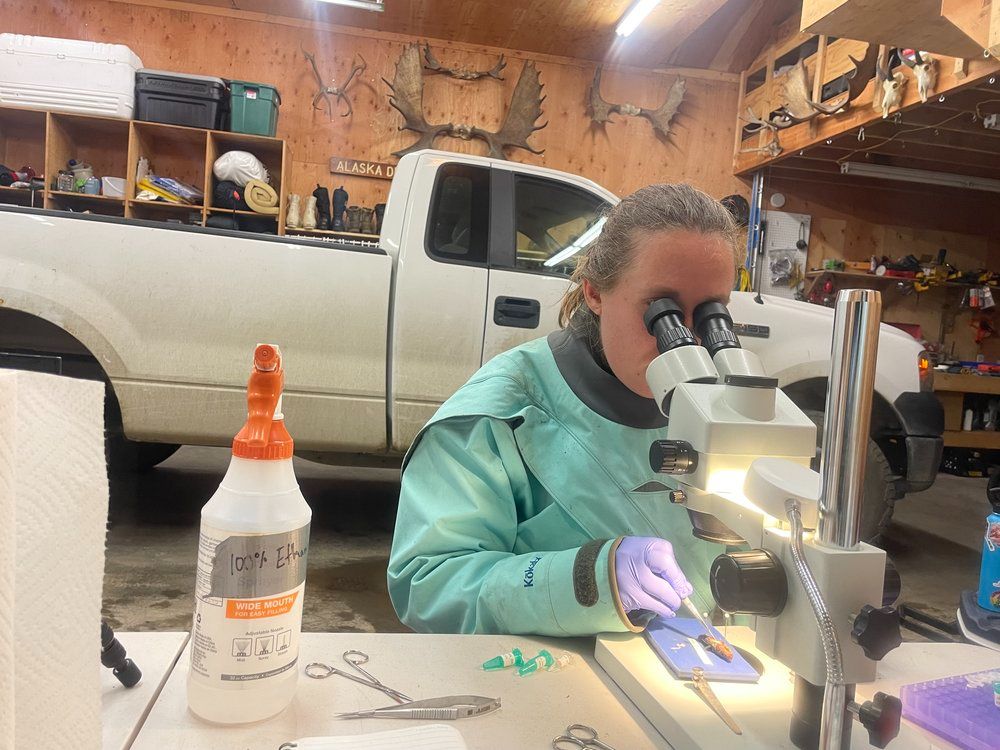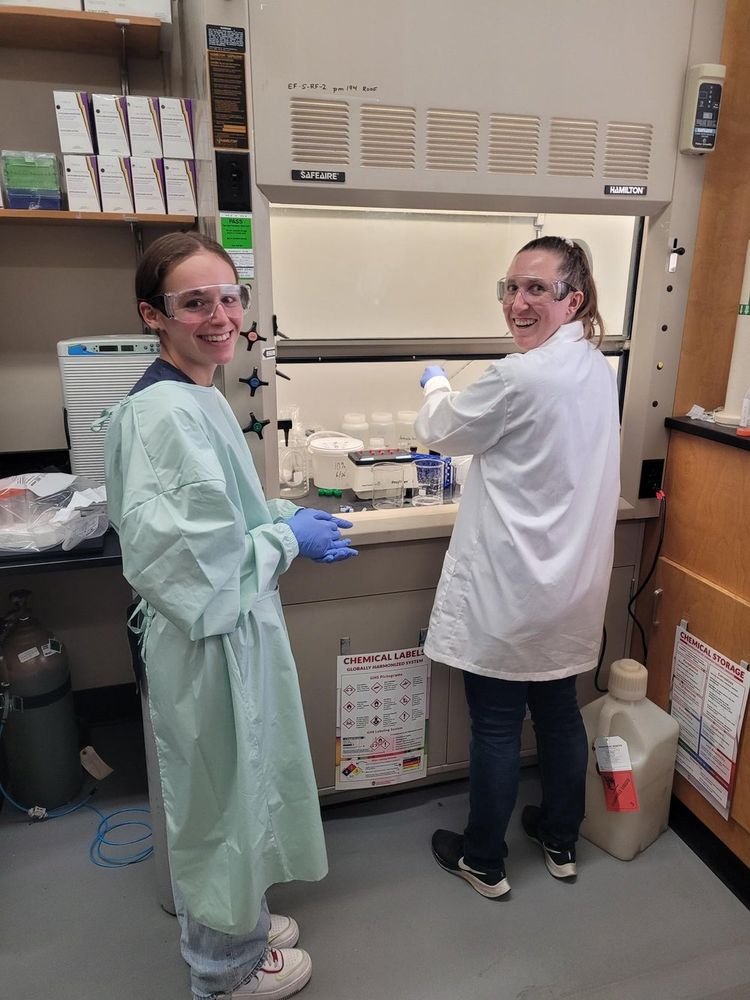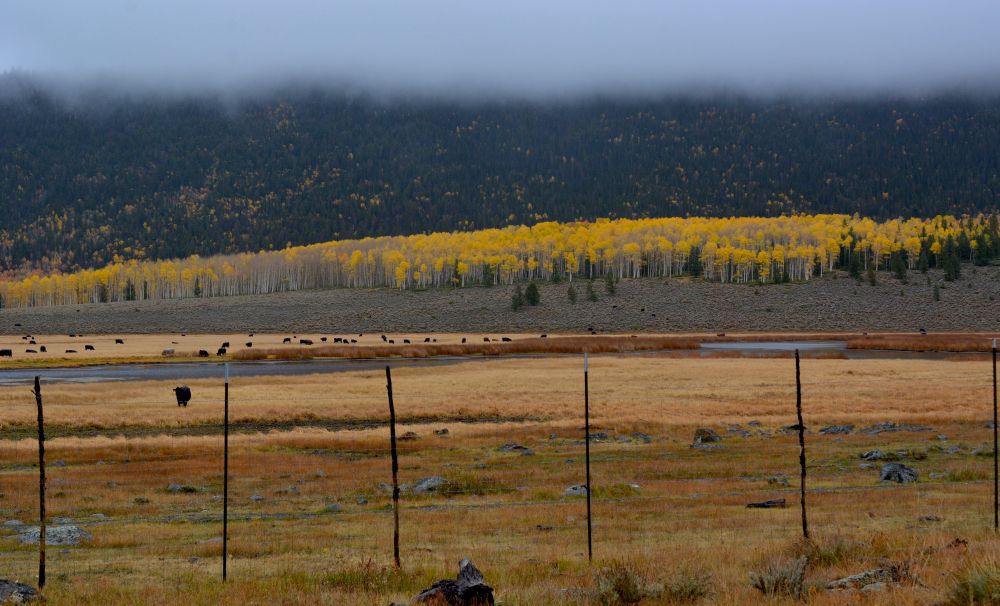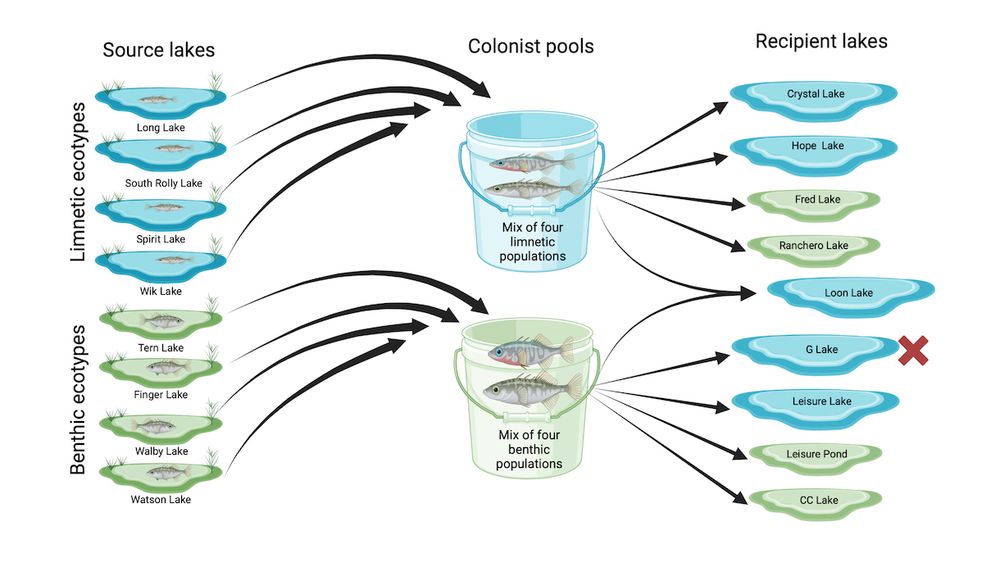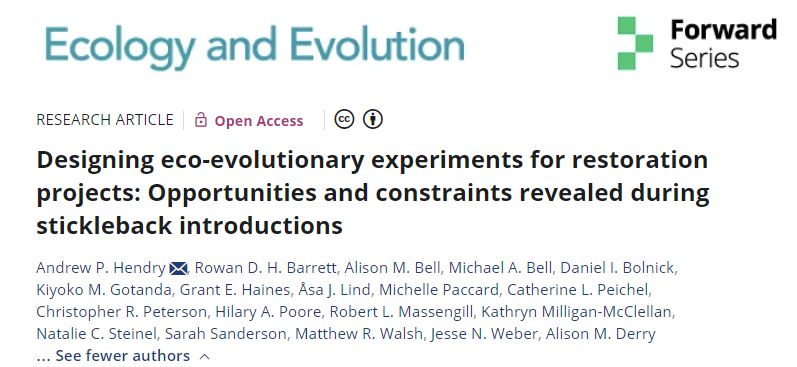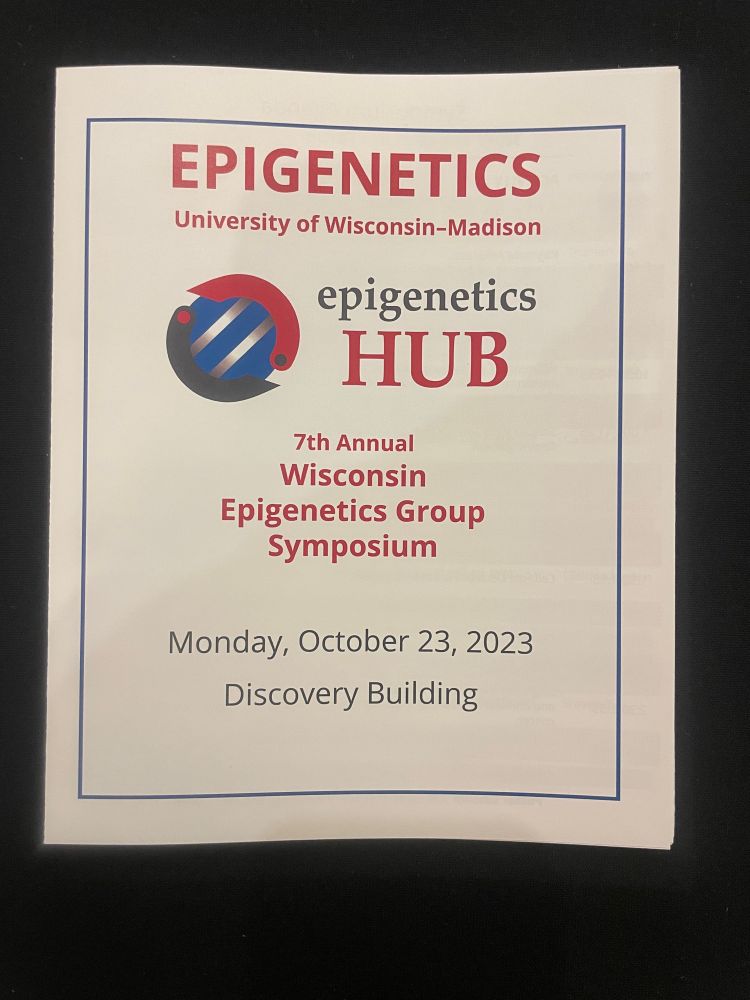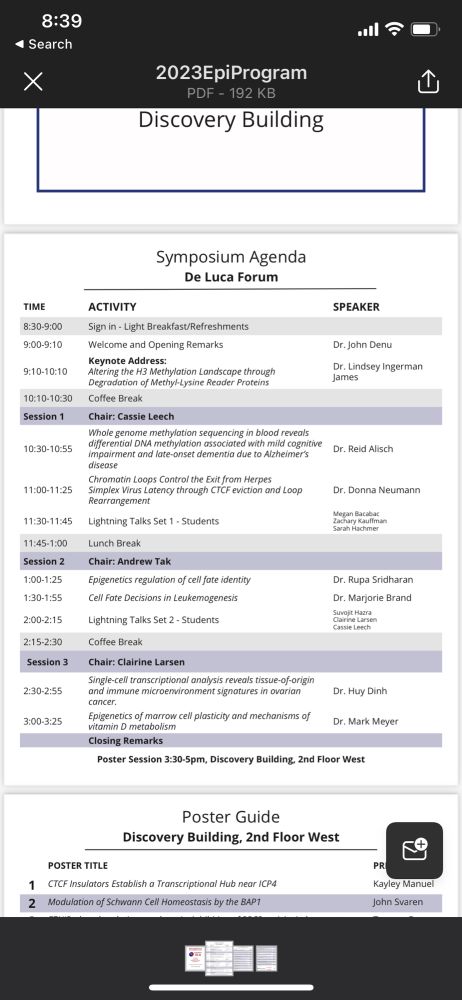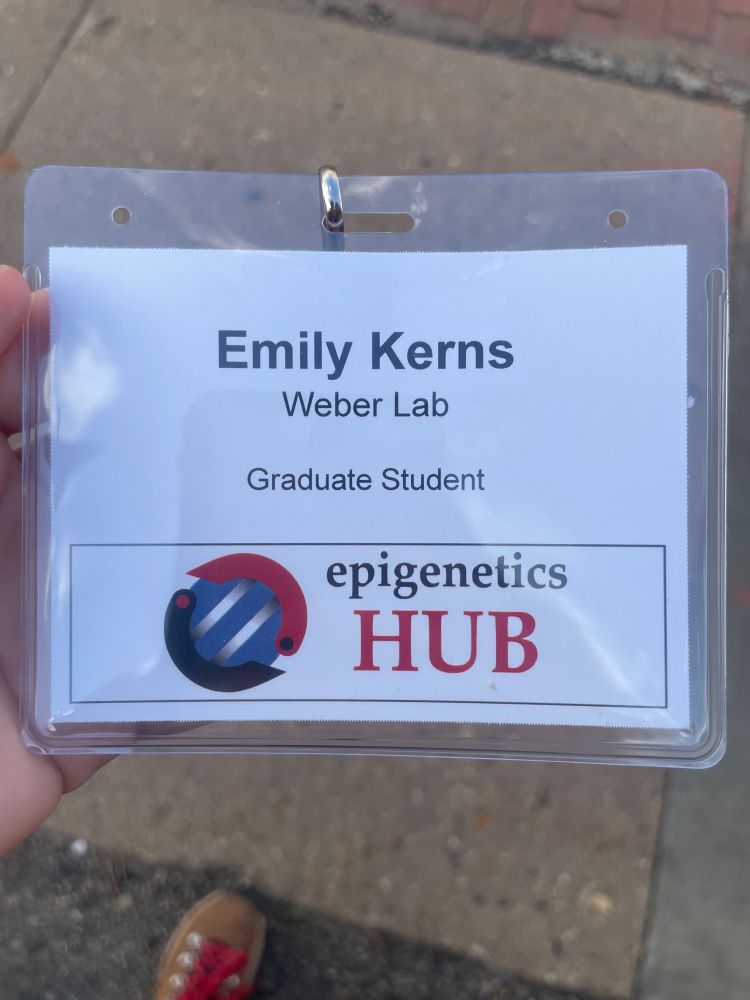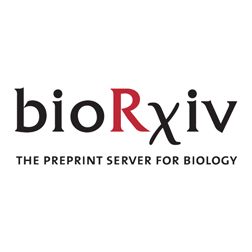Emily Kerns
@emilykernss.bsky.social
530 followers
1K following
5 posts
PhD Candidate UW-Madison🦡
Alaska Stickleback Project🐟
Adaptation, plasticity, genomics, & connecting ecology with evolution🧬
B.S. Biology Univ of North Florida🐦
On the postdoc market
https://emilykerns.github.io/
She/her
Posts
Media
Videos
Starter Packs
Reposted by Emily Kerns
Reposted by Emily Kerns
Gina Baucom
@gbaucom.bsky.social
· Feb 7
Letter to the US President and Congress on the Scientific Understanding of Sex and Gender
President Donald J Trump Washington, DC Members of the US Congress Washington, DC February 5, 2025 RE: Scientific Understanding of Sex and Gender Dear President Trump and Members of the US Congr...
www.evolutionsociety.org
Reposted by Emily Kerns
Alexis Heckley
@alexisheckley.bsky.social
· Dec 12
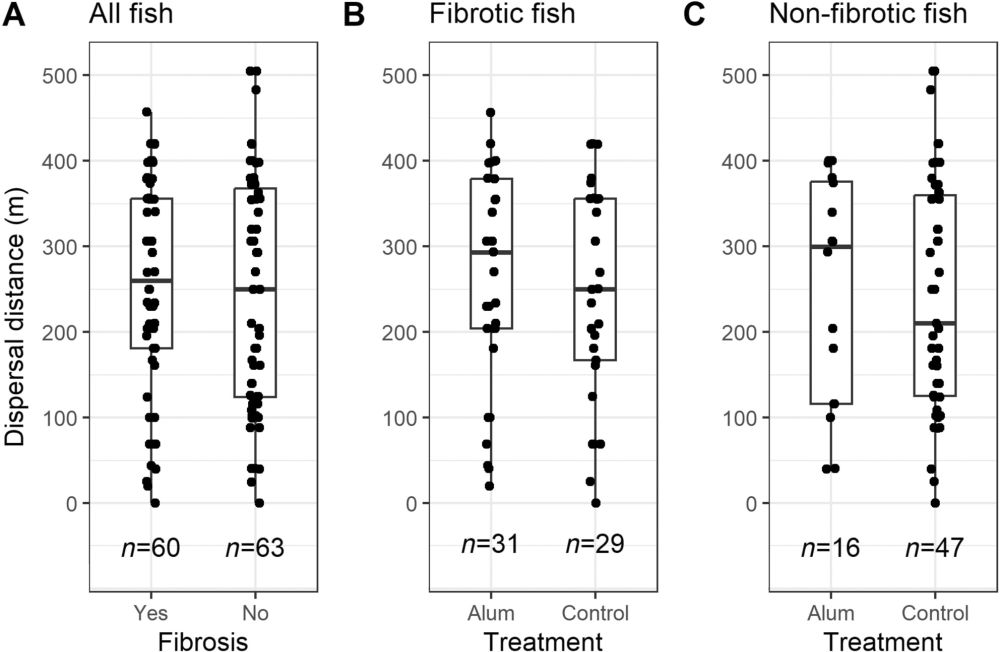
Does Motility‐Restricting Fibrosis Influence Dispersal? An Experiment in Nature With Threespine Stickleback
Factors that affect dispersal can have important eco-evolutionary implications. Here, we show that an inflammation and tissue repair response—peritoneal fibrosis—does not influence threespine stickle...
dx.doi.org
Reposted by Emily Kerns
Reposted by Emily Kerns
CoreyWelch_STEM
@coreywelch.bsky.social
· Sep 26
Reposted by Emily Kerns
Reposted by Emily Kerns
Reposted by Emily Kerns
Reposted by Emily Kerns
Reposted by Emily Kerns
Reposted by Emily Kerns
Jukka-Pekka Verta
@jpverta.bsky.social
· Oct 15
